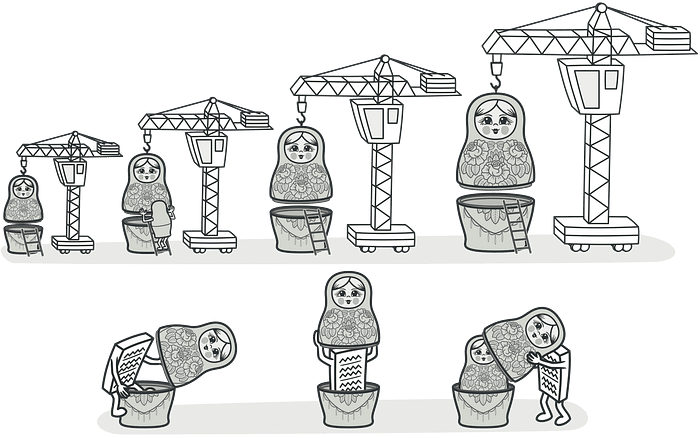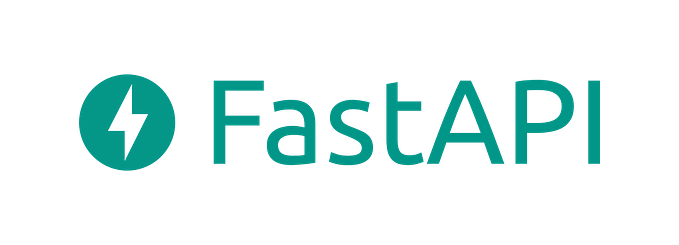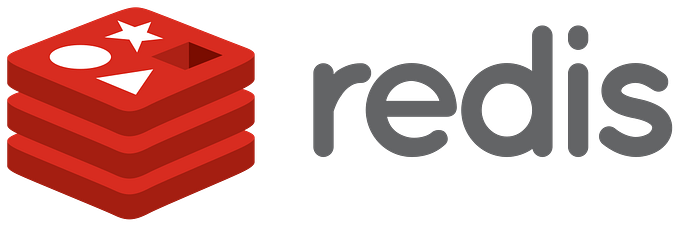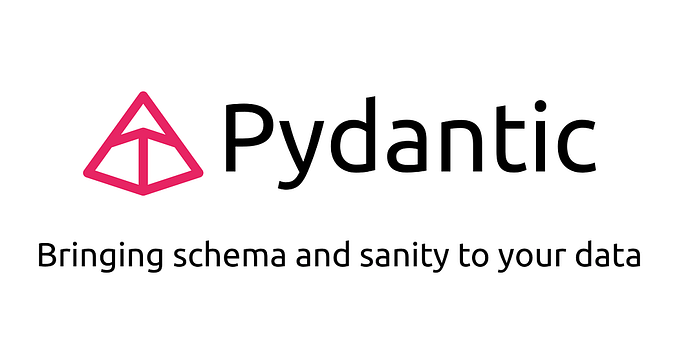Using the Right Design Pattern with Python and MongoDB

Design patterns are tried and tested solutions to recurring software design challenges. When working with a versatile technology stack like Python and MongoDB, it’s crucial to understand which design patterns to apply to ensure efficient, maintainable, and scalable applications. In this article, we’ll explore some key design patterns suitable for Python-MongoDB applications and discuss when to use them.
1. Singleton Pattern:

What it is: This pattern restricts the instantiation of a class to one single instance and provides a global point to this instance.
When to use: If you’re establishing a single connection to your MongoDB database and want to ensure that there’s only one active connection throughout your Python application lifecycle.
For managing configuration settings that should remain consistent throughout the application.
Python Implementation:
class MongoDBConnection:
_instance = None
def __new__(cls):
if cls._instance is None:
cls._instance = super(MongoDBConnection, cls).__new__(cls)
# Initialize the MongoDB connection here
return cls._instance2. Factory Pattern:

What it is: This pattern offers a way to create objects without specifying the exact class of object that will be created.
When to use:When you’re dealing with multiple collections in MongoDB and want to create collection-specific operations.Decoupling the creation of MongoDB-related objects from the main application.
Python Implementation:
class CollectionFactory:
def get_collection(self, collection_type):
if collection_type == "User":
return UserCollection()
if collection_type == "Product":
return ProductCollection()
raise ValueError("Invalid collection type")3. Strategy Pattern:
What it is: This pattern defines a set of algorithms, encapsulates each one, and makes them interchangeable.
When to use: When you want to switch between different query or update strategies for your MongoDB collections based on runtime decisions.
Python Implementation:
class QueryStrategy:
def execute_query(self):
pass
class FindAllStrategy(QueryStrategy):
def execute_query(self, collection):
return collection.find()
class FindByFieldStrategy(QueryStrategy):
def execute_query(self, collection, field, value):
return collection.find({field: value})4. Data Access Object (DAO) Pattern:

What it is: This pattern abstracts and encapsulates all access to a data source.
When to use:When you want a centralized point for accessing and manipulating MongoDB collections.To keep the database access code clean, maintainable, and separated from the business logic.
Python Implementation:
class UserDAO:
def __init__(self, db):
self.collection = db.users
def get_user(self, user_id):
return self.collection.find_one({"_id": user_id})5. Decorator Pattern:

What it is: This pattern allows behaviour to be added to individual objects, either statically or dynamically, without affecting the behavior of other objects.
When to use: To add functionalities like logging, validation, or transformations before querying or updating MongoDB documents.
Python Implementation:
def log_query(fn):
def wrapper(*args, **kwargs):
print(f"Executing query: {fn.__name__}")
return fn(*args, **kwargs)
return wrapperConclusion:
While MongoDB provides flexibility with its schema-less design, combining it with the right design patterns in Python enhances its efficiency, maintainability, and scalability. These patterns ensure that your application remains robust and adaptable to changing requirements. As always, the key is to understand the problem at hand and choose the pattern that offers the best solution.







